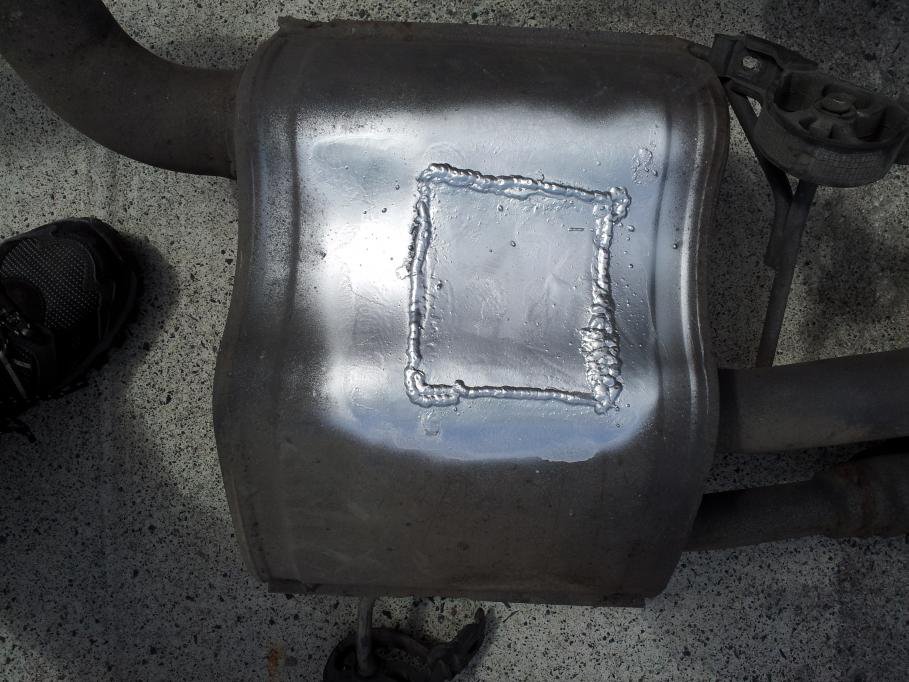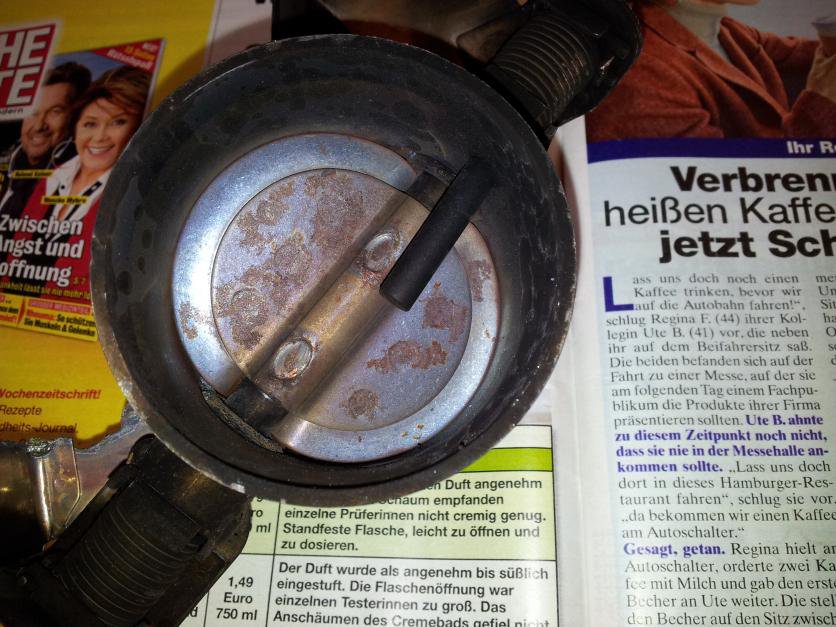Right, lets discuss different exhaust configurations and aural effects and why we have an X-Pipe.
The first thing to make a difference on how your car sounds is the crankshaft. V8 crankshafts can be flat plane as on a Ferrari 355/360/430 or they can be cross plane like all American V8's
In essence a flat plane V8 is like two 4 cyl engines running 90 degrees (the angle of the V) out of phase.
You get an exhaust pulse every 90 degrees of crank rotation, but the flat plane crank fires each cylinder in each bank at even 180 degree intervals. (remember the engine revolves twice to complete one 4 stroke cycle - 4 x 180 = 720 deg)
On all the mentioned Ferraris the exhaust manifolds merge the exhaust pulses together at once - a "4 into 1 manifold".
So on a flat plane he exhaust pulses on each bank are even. This means bank 1 fires at 0, 180, 360, 540 and bank 2 at 90, 270, 450, 630
On a cross plane crank the exhaust pulses on each bank are uneven. This means bank 1 fires at 0, 90, 180, 450 and bank 2 at 270, 360, 540, 630
So moving to Maserati.
The 3200 engine and its V8 ancestors have a firing order of 1 - 8 - 4 - 5 - 7 - 3 - 6 – 2
TYhe 4200 and the 4.2/4.7 litre engines in the QP and GT are all derived from the Ferrari F430 engine, though they share only a very small number of common parts. Importantly the crankshaft is cross plane, not flat plane and has a firing order of 1 - 8 - 4 - 2 - 7 - 3 - 6 – 5 This gives uneven exhaust pulses on both engines.
So why do they do this?
Cross plane cranks are better balanced - much lower 1st harmonic resonances. The engine is better balanced and idles more smoothly.
Downsides?
The cross plane has additional counterweights which make it heavier (which improves torque) but means it is reluctant to rev due to increase rotary inertia.
So a Maserati V8 has slower pickup and a deeper exhaust note, all down to a few basic design characteristics.
Now, fitting an H-Pipe balances the uneveness of these exhaust pulses and makes the car quieter and more refined. Think what a Rover V8 powered TVR sounds like and you get my drift. (A TVR has no H-Pipe). Same for most Yank muscle cars.
The lack of the H-Pipe also makes the exhaust note much deeper.
An X-Pipe is a different proposition altogether. The X-pipe does not address the imbalance of the exhaust pulses bank to bank, it merges the pulses, so each outlet emits all 8 exhaust pulses.
The effect of this is that it makes the engine sound higher pitched ( a flat plane V8 starts to take on the harmonic like a V12) and this gives the impression of it being louder.
On a car with a cross plane crank, the effect depends on the firing order, but ultimately the exhaust note pitch will increase and it will sound louder.
On a flat plane engine an X-pipe will not help cylinder evacuation, hence why they are not used in F1. On a cross plane, it might help a small amount but the improvement is again down to the firing order .
Hope this helps.





